When it comes to exotic and adventurous dishes, few can rival the intrigue of porcupine soup. Yes, you read that right—porcupine soup. This unique culinary creation has been a part of various cultures for centuries, offering a blend of rich flavors, cultural significance, and, believe it or not, some serious nutritional benefits. Whether you’re a seasoned foodie or just someone who loves trying new things, porcupine soup is a dish that’s worth exploring.
In this blog post, we’ll dive into the history of porcupine soup, its cultural importance, health benefits, and even provide a step-by-step guide on how to prepare it at home. Trust me, by the end of this, you’ll be itching to try it (or at least curious enough to Google where to find porcupine meat). Let’s embark on this flavorful journey together!
What is Porcupine Soup?
Porcupine soup is exactly what it sounds like—a hearty, flavorful broth made from the meat of a porcupine, often combined with vegetables, herbs, and spices. Now, I know what you’re thinking: “Porcupines? Really?” But hear me out. Porcupine meat has been a staple in certain cultures for centuries, particularly in parts of Africa, Asia, and North America.
The dish is known for its rich, gamey flavor and tender meat, which is often compared to pork or rabbit. It’s a dish that requires a bit of skill and patience to prepare, but the result is a truly unique culinary experience. And hey, if nothing else, it’s a great conversation starter at dinner parties.
The History and Cultural Significance of Porcupine Soup
Porcupine soup has a long history, deeply rooted in the traditions of indigenous communities and rural populations. In many cultures, porcupines were hunted not only for their meat but also for their quills, which were used for crafting and decoration.
Porcupine Soup in Africa
In Africa, porcupine meat is considered a delicacy and is often reserved for special occasions. It’s believed to have medicinal properties and is sometimes used in traditional healing practices. For example, in Nigeria, porcupine soup is a symbol of prosperity and is served during festivals. (Fun fact: Some tribes even believe that eating porcupine meat can make you wiser. Who wouldn’t want that?)
Porcupine Soup in North America
Native American tribes have historically used porcupine meat as a source of sustenance, especially during harsh winters. The Iroquois and Algonquin tribes, for instance, would hunt porcupines for their meat and quills, which were used in traditional crafts.
Porcupine Soup in Asia
In countries like Vietnam and Thailand, porcupine meat is used in soups and stews, often paired with aromatic herbs and spices. It’s considered a luxury dish and is sometimes served in high-end restaurants. (If you ever find yourself in Hanoi, keep an eye out for it!)
This dish is more than just food—it’s a symbol of resourcefulness and a connection to nature.
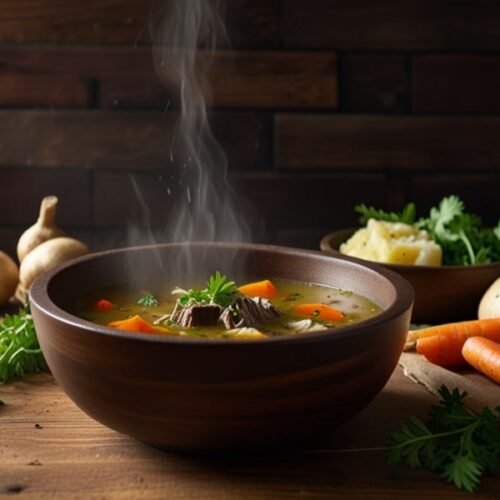
Porcupine Soup
Equipment
- Large pot
- Knife and Cutting Board
- Wooden Spoon
- Measuring cups and spoons
Ingredients
- 1 whole Porcupine cleaned Skin and quills removed
- 2 liters Water
- 2 medium Onions chopped
- 3 cloves Garlic minced
- 2 medium Carrots sliced
- 2 medium Potatoes diced
- 1 cup Tomatoes chopped
- 1 teaspoon Thyme
- 1 teaspoon Rosemary
- To taste – Salt and pepper
- 2 tablespoons Cooking oil
Instructions
Prepare the Porcupine Meat:
- Clean the porcupine thoroughly, removing all quills and skin. Cut the meat into manageable pieces.
- Rinse the meat under cold water and pat it dry.
Brown the Meat:
- Heat the cooking oil in a large pot over medium heat.
- Add the porcupine meat and brown it on all sides. This step helps to lock in the flavor.
Add Vegetables and Herbs:
- Add the chopped onions, minced garlic, carrots, and potatoes to the pot.
- Stir in the thyme, rosemary, salt, and pepper.
Simmer the Soup:
- Pour in the water and bring the mixture to a boil.
- Reduce the heat and let the soup simmer for 2-3 hours, or until the meat is tender.
Serve and Enjoy:
- Ladle the soup into bowls and garnish with fresh herbs if desired.
- Serve hot with crusty bread or rice.
Notes
- Sourcing Porcupine Meat: Ensure the meat is sourced ethically and sustainably. Contact local hunters or specialty meat markets.
- Substitutions: If porcupine meat is unavailable, you can use rabbit, wild boar, or pork as alternatives.
- Vegetarian Option: Replace porcupine meat with mushrooms or jackfruit for a plant-based version.
Health Benefits of Porcupine Meat
Porcupine meat isn’t just a culinary curiosity—it’s also packed with nutritional benefits. Here’s why adding porcupine meat to your diet can be a healthy choice:
- High in Protein: Porcupine meat is an excellent source of lean protein, which is essential for muscle repair and growth.
- Rich in Iron: The meat is high in iron, making it a great option for individuals with anemia or low iron levels.
- Low in Fat: Compared to other game meats, porcupine meat is relatively low in fat, making it a healthier alternative for those watching their cholesterol levels.
- Vitamins and Minerals: It contains essential vitamins like B12 and minerals such as zinc and selenium, which support immune function and overall health.
For those looking to explore unconventional protein sources, porcupine meat is a nutritious and sustainable option. (And no, it doesn’t taste like chicken.)
Cultural Stories and Myths Around Porcupine Soup

Porcupine soup isn’t just a dish—it’s a part of cultural storytelling and mythology in many societies. Here are some fascinating stories and beliefs associated with porcupines and their meat:
African Folklore
In many African cultures, the porcupine is seen as a symbol of wisdom and resilience. Some tribes believe that eating porcupine meat can transfer these qualities to the person consuming it. There’s also a popular myth that porcupines can predict the weather, making them a revered animal in rural communities. (Move over, Groundhog Day!)
Native American Legends
Native American tribes often tell stories of the porcupine as a trickster figure in their folklore. The animal’s quills are said to have magical properties, and its meat is considered a gift from the spirits.
Asian Traditions
In parts of Asia, porcupines are associated with longevity and good fortune. Eating porcupine soup during festivals is believed to bring prosperity and health to the family.
These stories add a layer of cultural richness to the dish, making it more than just a meal—it’s a connection to history and tradition.
Craving something different? Try our Taco Soup Frios—a spicy, hearty dish perfect for any meal.
Why Try Porcupine Soup?
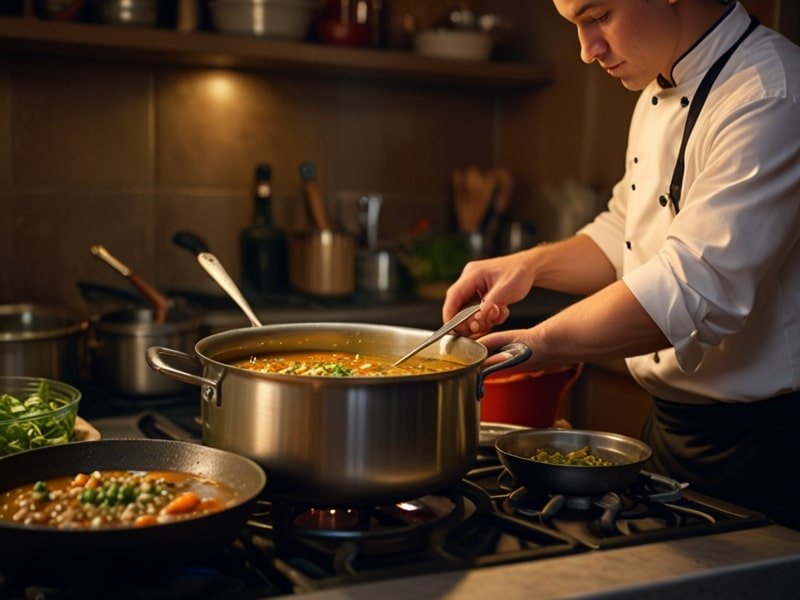
Porcupine soup is more than just a meal—it’s an experience. Here are a few reasons why you should give it a try:
- Unique Flavor: The gamey taste of porcupine meat is unlike anything you’ve tried before.
- Cultural Exploration: Cooking and eating porcupine soup allows you to connect with different cultures and traditions.
- Sustainability: Porcupines are often hunted in a sustainable manner, making this dish an eco-friendly choice.
Tips for Cooking with Porcupine Meat
- Source Responsibly: Ensure that the porcupine meat is sourced ethically and sustainably.
- Handle with Care: Porcupine quills can be dangerous, so always handle the animal with caution. (No one wants a trip to the ER.)
- Experiment with Flavors: Don’t be afraid to add your own twist to the recipe. Porcupine meat pairs well with a variety of herbs and spices.
If you’re feeling adventurous, don’t miss our Porcupine Soup—a unique dish with rich flavors and cultural roots.
Conclusion
Porcupine soup is a dish that challenges the boundaries of conventional cooking and invites you to explore new flavors and traditions. Whether you’re a culinary adventurer or simply curious about unique dishes, this recipe is sure to leave a lasting impression.
So, why not give it a try? Head over to Tweechi.com for more exciting recipes and culinary adventures. Don’t forget to share your porcupine soup experience with us in the comments below!
Frequently Asked Questions (FAQs)
1. Is porcupine meat safe to eat?
Yes, porcupine meat is safe to eat when properly cleaned and cooked. It’s important to source the meat from a reputable supplier.
2. Where can I buy porcupine meat?
Porcupine meat can be difficult to find in regular grocery stores. You may need to visit specialty meat markets or contact local hunters.
3. What does porcupine meat taste like?
Porcupine meat has a gamey flavor, similar to pork or rabbit. It’s tender and pairs well with hearty soups and stews.
4. Can I substitute porcupine meat with another type of meat?
Absolutely! If porcupine meat is hard to find or you’re not quite ready to take the plunge, you can substitute it with other game meats like rabbit, wild boar, or even pork. These alternatives offer a similar texture and flavor profile, making them great options for your soup.
5. Are there any vegetarian alternatives to porcupine soup?
While porcupine soup is inherently meat-based, you can create a vegetarian version by using mushrooms or jackfruit as a substitute. These ingredients mimic the meaty texture and absorb the flavors of the broth beautifully. Add some extra herbs and spices to amp up the flavor, and you’ve got a plant-based twist on this traditional dish.

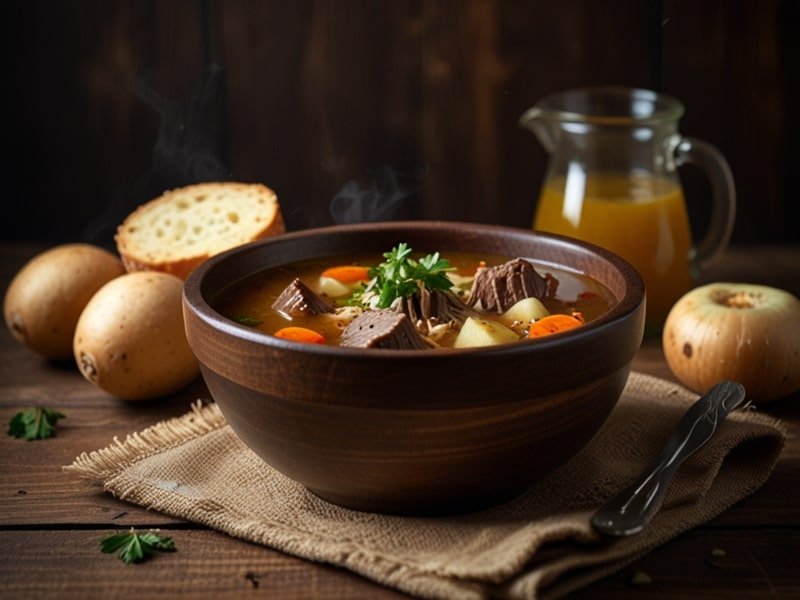
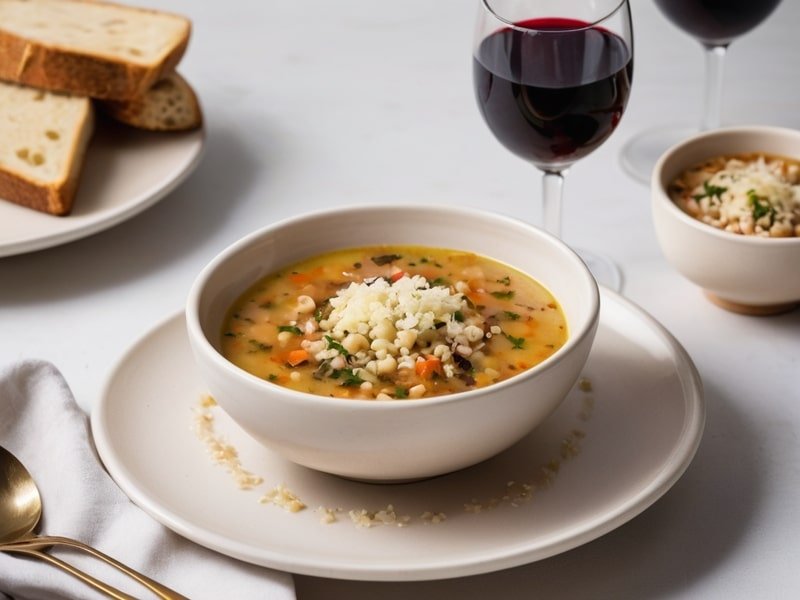
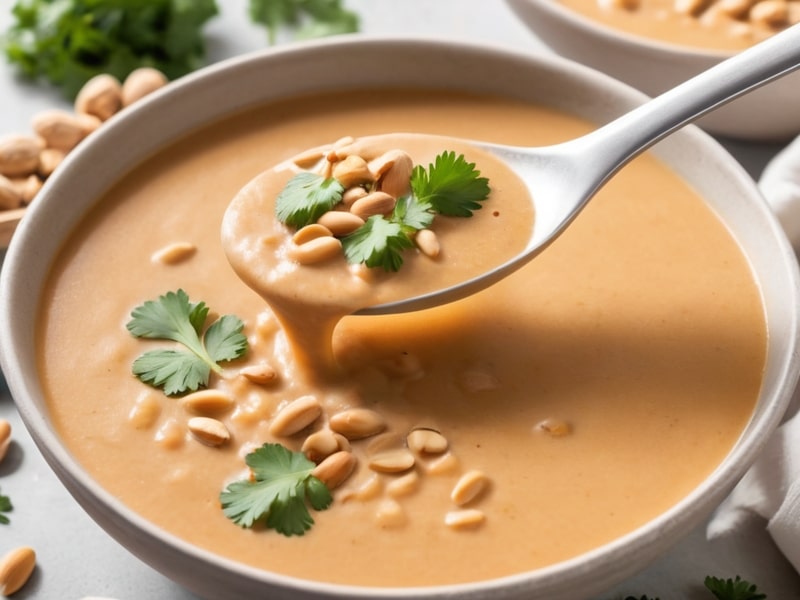
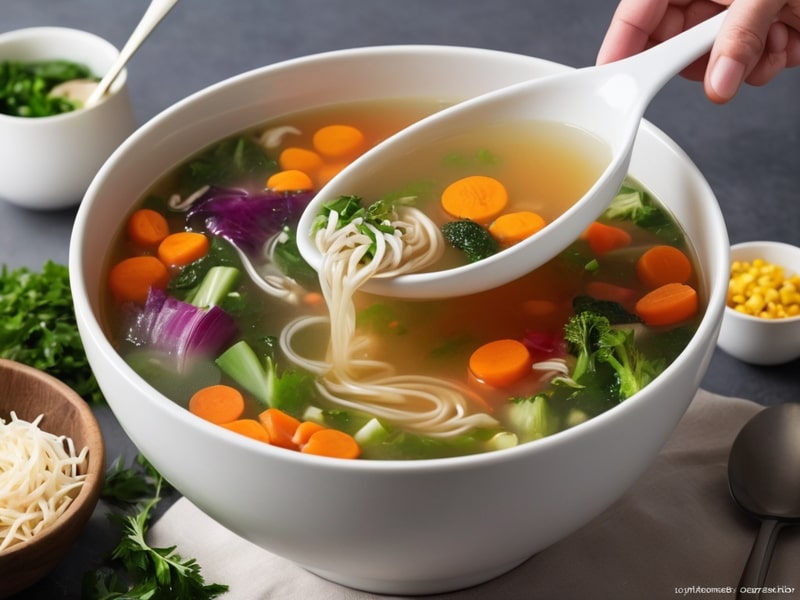
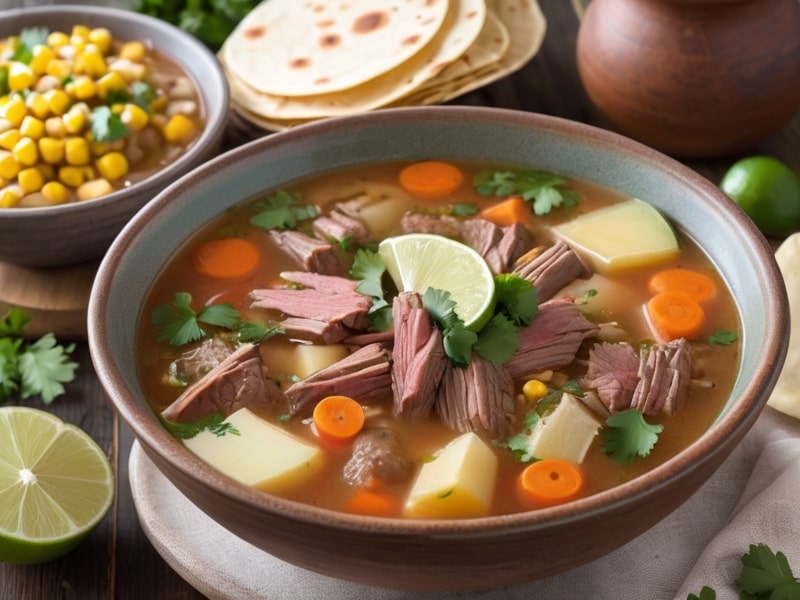
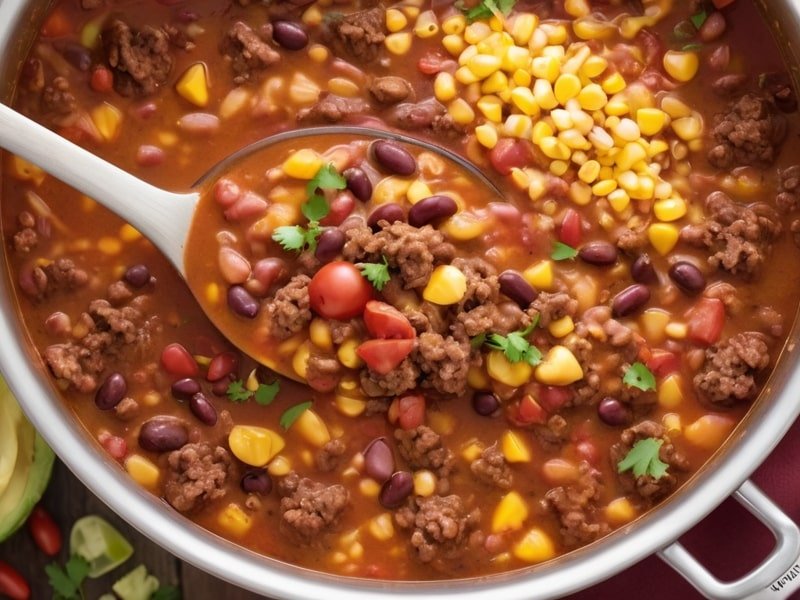
Excellent read, I just passed this onto a friend who was doing some research on that. And he just bought me lunch since I found it for him smile Thus let me rephrase that: Thanks for lunch!